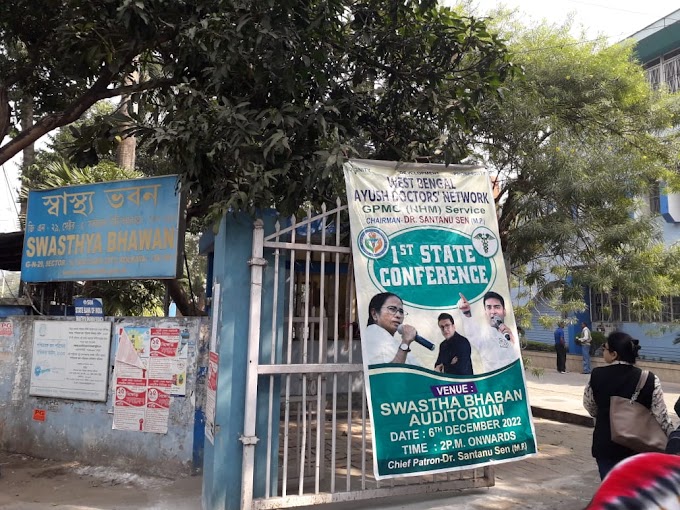Voice 9, Kolkata Bureau: The state of Bengal in India may face inquiries from the World Health Organisation (WHO) regarding the occurrence of black fever, even after it was believed to have been eradicated. After 65 cases of black fever were reported in West Bengal in 2022 and one person died from the disease recently in the Howrah district, the question has begun to be raised.
The recent death of Abadesh Paswan, a resident
of Howrah, has raised concerns at the Health Bhawan. Paswan was undergoing
treatment at the School of Tropical Medicine, despite Howrah not being listed
as an endemic area for black fever.
According to an official from the health department, the highest number of black fever cases in 2022 have been reported in the districts of Darjeeling, Malda, Uttar Dinajpur, Dakshin Dinajpur, and Kalimpong.
In 2022, a total of 65 cases have been
reported from eleven districts in West Bengal, as confirmed by a senior health
department official. Additionally, a few cases have been reported in the
districts of Birbhum, Bankura, Purulia, and Murshidabad, where the disease is
mainly transmitted through sandfly bites infected with the Leishmania donovani
parasite. No cases have been detected in Kolkata thus far.
Visceral leishmaniasis (VL), also known as
kala-azar, is a fatal disease that, if left untreated, results in death in over
95% of cases. The World Health Organization characterizes it as a disease
marked by irregular bouts of fever, weight loss, enlargement of the spleen and
liver, and anemia.
Most cases of Kala-Azar occur in Brazil,
East Africa, and India. VL remains one of the most significant parasitic
diseases, with the potential for outbreaks and high mortality rates. It is
caused by protozoan parasites transmitted through the bites of infected female
phlebotomine sandflies. The disease primarily affects impoverished individuals
and is associated with malnutrition, population displacement, inadequate
housing, weakened immune systems, and limited financial resources.
VL remains one of the top parasitic
diseases with outbreak and mortality potential. It is caused by protozoan
parasites, which are transmitted by the bite of infected female phlebotomine
sandflies. The disease affects some of the poorest people and is associated
with malnutrition, population displacement, poor housing, a weak immune system,
and a lack of financial resources.
Leishmaniasis is also linked to environmental
changes such as deforestation, the building of dams, irrigation schemes, and
urbanization.
Upendranath Brahmachari, a Bengali scientist, discovered medicine for
black fever. In India, a total of 54 districts—West Bengal, Bihar, Jharkhand,
and Uttar Pradesh—have been identified as kala-azar-prone areas. Two decades
ago, the National Vector Borne Disease Control Programme (NVBDCP) started a
black fever eradication program in the country. 120 blocks in 11 districts of
Bengal are covered by this scheme. According to sources, although it was not
possible for Uttar Pradesh, Bihar, Jharkhand, and Bengal to achieve 100 percent
success in this work.



















